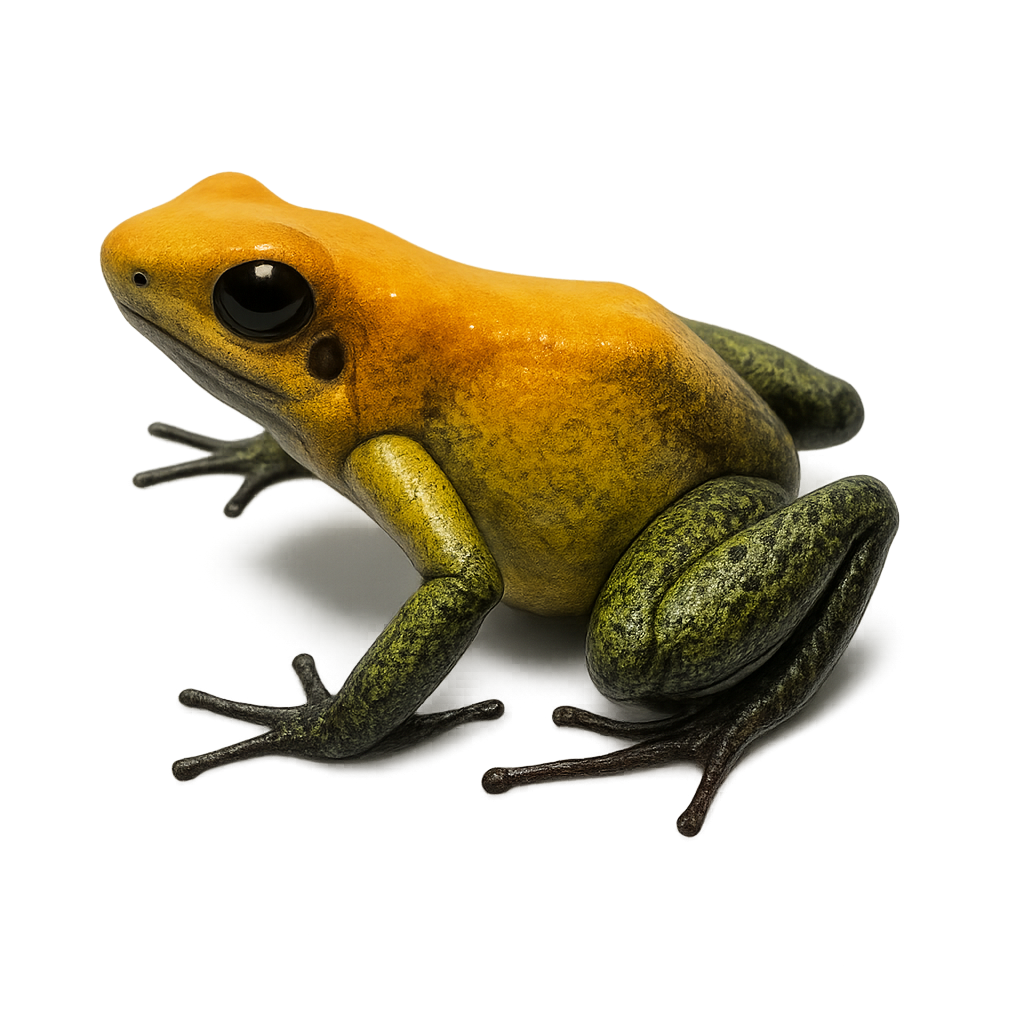Your wildlife photography guide.
Explore the bicolored poison dart frog in detail, study its behavior, prepare your shots.
Where to observe and photograph the bicolored poison dart frog in the wild
Learn where and when to spot the bicolored poison dart frog in the wild, how to identify the species based on distinctive features, and what natural environments it inhabits. The WildlifePhotographer app offers tailored photography tips that reflect the bicolored poison dart frog’s behavior, helping you capture better wildlife images. Explore the full species profile for key information including description, habitat, active periods, and approach techniques.
Bicolored Poison Dart Frog
Scientific name: Phyllobates bicolor

IUCN Status: Near Threatened
Family: DENDROBATIDAE
Group: Amphibians
Sensitivity to human approach: Suspicious
Minimum approach distance: 2 m
Reproduction period: April to May
Incubation: Variable
Births: April to May
Habitat:
Humid rainforests, marshy areas
Activity period :
Primarily active during the day, with peak activity in the morning and late afternoon.
Identification and description:
The Phyllobates bicolor, or bicolored poison dart frog, is a venomous frog species native to the humid rainforests of Colombia. Known for its smooth, shiny skin, it often displays bright yellow with shades of green or blue. This vivid coloration serves as a warning to potential predators of its toxicity. Indeed, Phyllobates bicolor secretes a powerful toxin, batrachotoxin, which can be lethal. It typically measures between 3 and 4.5 cm in length. This species is diurnal and primarily feeds on small insects. It plays a crucial role in its ecosystem by regulating insect populations. Unfortunately, habitat destruction poses a threat to its survival.
Recommended lens:
Macro – adjust based on distance, desired framing (portrait or habitat), and approach conditions.
Photography tips:
When photographing the Phyllobates bicolor, it's essential to maintain a safe distance of at least 2 meters to avoid disturbing it and exposing yourself to its toxicity. Use a macro lens to capture the details of its colorful skin. Opt for times of the day when natural light is abundant to achieve sharp and well-lit shots. Be patient and wait for the frog to move naturally to capture interesting behaviors.
The WildlifePhotographer App is coming soon!
Be the first to explore the best nature spots, track rutting seasons, log your observations, and observe more wildlife.
Already 1 432 wildlife lovers subscribed worldwide

